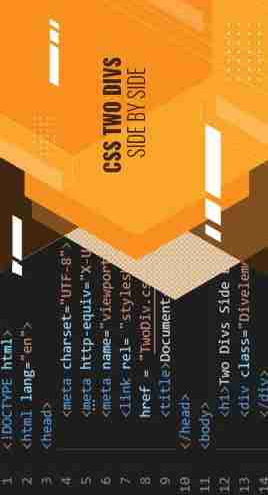


XPath Experts

XPath is an essential concept in automation testing frameworks, particularly when designing a well-maintainable, robust, and reliable framework to handle dynamic situations. In simple terms, XPath is a syntax or language used to locate elements on a web page through XML path expressions
In the field of automation testing, the approach to writing XPaths for dynamic elements can make a significant difference. While XPath stands for XML Path, it is relevant to use it for webpage location strategies, even though web pages are primarily constructed in HTML. This is because HTML is a type of XML, allowing us to leverage XPath for element location.
XPath can be categorized into two main types:
Absolute XPath: Absolute XPath traverses the entire DOM structure from the parent to the child element, using a single forward slash for traversal.
Relative XPath: Relative XPath traverses the DOM from the parent to distant child elements, and it employs a double forward slash for traversal. This approach allows for more flexibility in locating elements.
Eg: div element having class as Sjdksdj
XPath offers several additional methods, such as text(), contains(elm, text), starts-with(elm, text), normalize-space(text()), and translate(elm,search,translate). These methods provide XPath with a distinct advantage over other locators, making it a powerful tool for precise element location in your automation testing framework.